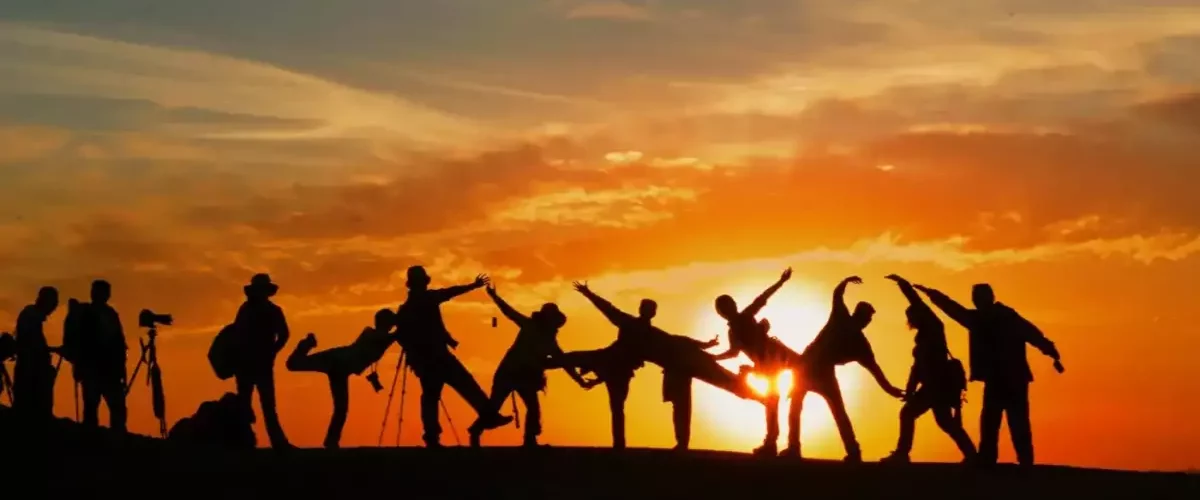Art has always been a powerful means of expressing and exploring personal and social identity. Identity encompasses various aspects, including race, ethnicity, sexuality, religion, gender, and more, which play a significant role in shaping an individual’s sense of self and their place in society. Art can serve as a medium for artists to convey their own unique identities, share their perspectives, and challenge societal norms and perceptions about identity. In this article, we will delve into how art intersects with identity and how artists use their creative expression to explore and express their identities while reshaping societal norms.
Art and Race/Ethnicity:
Race and ethnicity are integral parts of an individual’s identity, and artists often use art as a platform to address issues related to race and ethnicity, including racism, discrimination, and identity politics. Through their art, artists of diverse racial and ethnic backgrounds can convey their experiences, struggles, and perspectives, shedding light on the complexities of race and ethnicity.
Artists may use various techniques to represent race and ethnicity in their work, from realistic depictions to abstract interpretations. For instance, renowned artist Frida Kahlo, a Mexican painter, used her self-portraits to explore her mixed heritage and the complexities of her identity as a woman of Mexican and European descent. Her powerful and emotive artworks captured her physical and emotional pain, as well as her cultural identity, and continue to resonate with audiences worldwide.
- Kehinde Wiley: Known for his large-scale paintings that depict African Americans in heroic poses, referencing the historical tradition of European portraiture. Examples of his works include “Napoleon Leading the Army Over the Alps” and “Equestrian Portrait of King Philip II (Michael Jackson).”
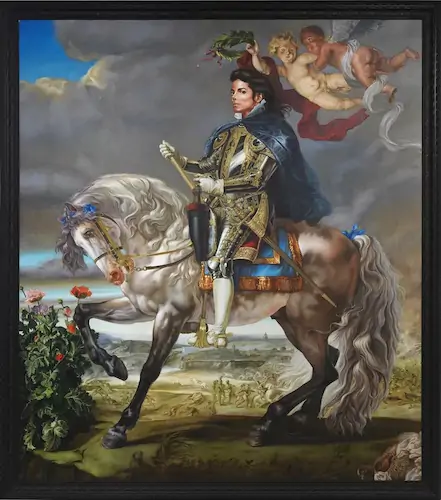
Equestrian Portrait of King Philip II (Michael Jackson), 2009
- Frida Kahlo: A Mexican painter who often portrayed her own identity as a woman of mixed heritage, including her Mexican and indigenous roots, in her self-portraits. Notable works include “The Two Fridas” and “Self-portrait with Thorn Necklace and Hummingbird.”
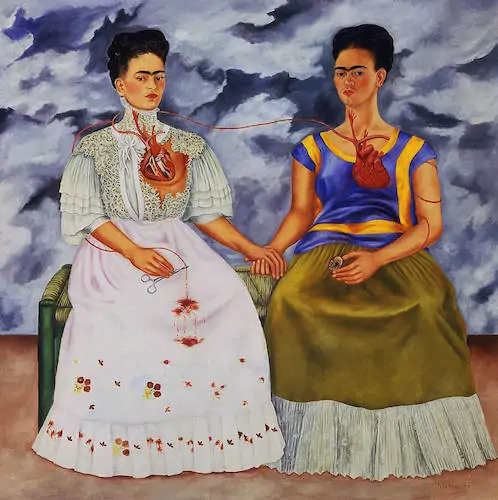
The Two Fridas, 1939
- Yinka Shonibare: A British-Nigerian artist whose work often explores issues of race, colonialism, and cultural identity. His installations, sculptures, and photographs challenge traditional notions of identity and representation. Examples of his works include “Diary of a Victorian Dandy” and “The Swing (after Fragonard).”
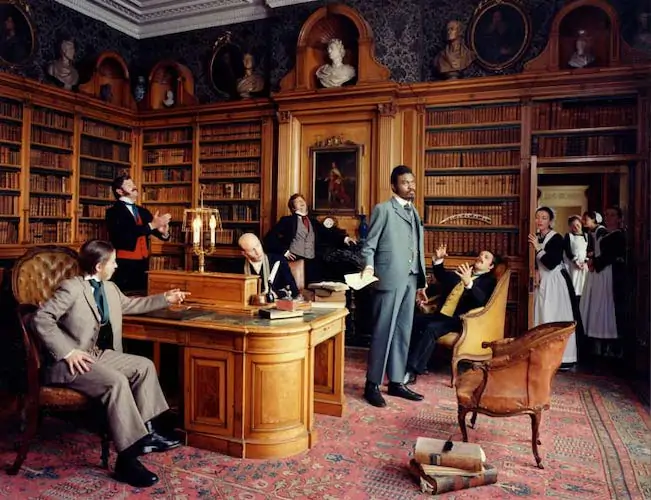
Diary of a Victorian Dandy, 2012 (printed), 1998 (photographed)
Art and Religion:
Religion has a profound influence on an individual’s identity, and artists often incorporate religious themes and symbols in their work to explore their faith, spirituality, and cultural beliefs. Religious art has been a prominent genre throughout history, with artists using various mediums to depict religious figures, stories, and rituals.
For instance, Michelangelo’s iconic frescoes in the Sistine Chapel in Rome are renowned for their religious themes and masterful artistry. His artworks, such as the famous “Creation of Adam”. Depict scenes from the Bible and convey his deep religious convictions as a devout Catholic. Similarly, contemporary artists like Yayoi Kusama have used art as a means to express their unique spiritual beliefs. Drawing inspiration from Buddhism and other philosophies.
- Shirin Neshat: An Iranian artist known for her photographs and films. That explore the complexities of Islamic culture, gender, and identity. Her works often challenge societal expectations and stereotypes related to religion. Notable works include “Women of Allah” series and “Rapture.”
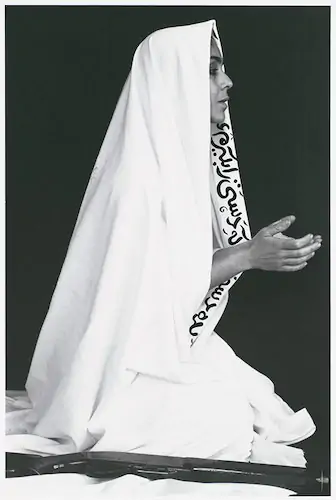
Women of Allah
- Andres Serrano: An American artist whose controversial works often explore the intersection of religion and identity. His photograph “Piss Christ,” which depicts a crucifix submerged in urine. Sparked debates about the boundaries of art, religion, and freedom of expression.
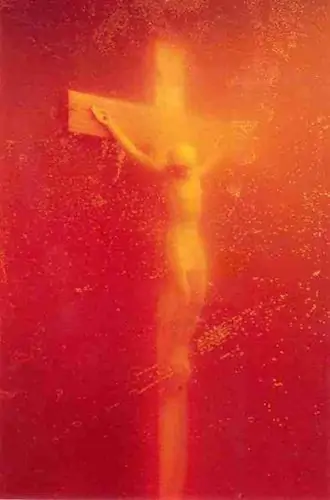
Piss Christ, 1987
Art and Gender:
Gender is a significant aspect of personal and social identity, and artists have long used art to explore, challenge, and redefine traditional gender norms and roles. Artists have explored diverse gender identities and expressions, including male, female, non-binary, transgender, and gender non-conforming, through their work.
Artists like Cindy Sherman have used photography as a medium to challenge gender stereotypes by creating self-portraits in which she portrays various female archetypes, often critiquing the societal expectations placed on women. Her thought-provoking artworks challenge conventional notions of femininity and highlight the constructed nature of gender roles.
- Judy Chicago: An American artist known for her feminist art and installations, including “The Dinner Party,” which celebrates women’s achievements throughout history. Her works challenge traditional gender roles and representations in art.

The Dinner Party
- Mickalene Thomas: An African American artist whose work often focuses on Black femininity and challenges traditional notions of beauty and representation. Her collages, paintings, and photographs challenge gender norms and promote inclusivity and diversity. Examples of her works include “Portrait of Mnonja” and “A Little Taste Outside of Love.”
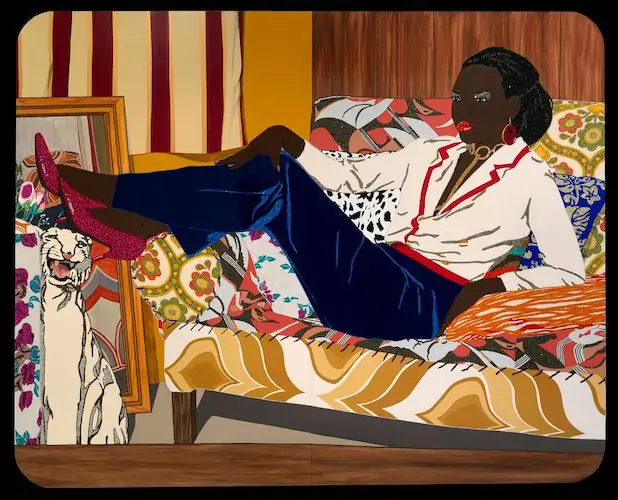
Portrait of Mnonja, 2010
Art and Other Aspects of Identity:
Art and identity intersect in many other ways, including but not limited to nationality, disability, social class, and more. Artists often draw on
these aspects of identity to create works that reflect their unique perspectives and experiences. And to challenge societal norms and perceptions.
For example, Ai Weiwei, a Chinese artist and activist, uses his art to address issues related to human rights, freedom of expression, and government censorship in China. His thought-provoking installations, sculptures, and photographs often incorporate elements of his Chinese identity. As well as his experiences as a political dissident, refugee, and global activist. His artworks challenge the status quo, raise awareness about social injustices, and provoke meaningful conversations about identity, power, and resistance.
- Ai Weiwei: A Chinese artist and activist known for his artworks that address human rights, freedom of expression, and government censorship in China. His installations, sculptures, and photographs challenge the status quo and advocate for social change. Notable works include “Sunflower Seeds” and “Remembering.”
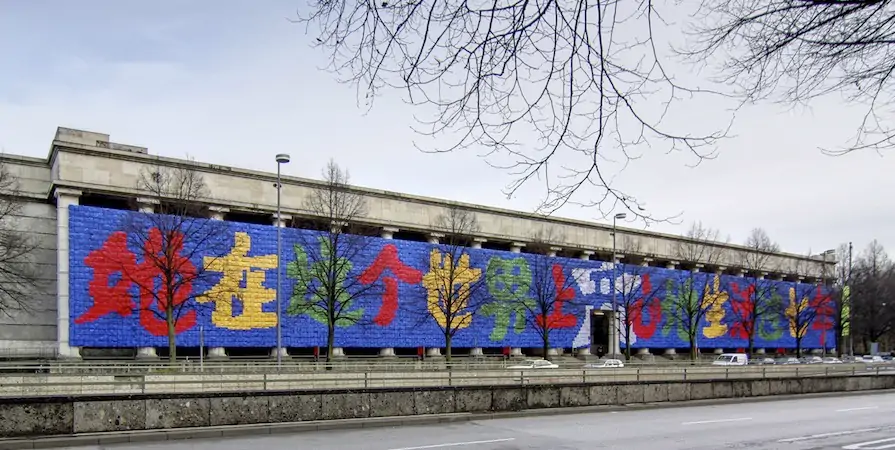
Remembering
- Guerrilla Girls: An anonymous group of feminist artists known for their provocative posters, billboards, and performances that challenge gender and racial discrimination in the art world. Their works raise awareness about inequality and advocate for inclusivity and diversity in the arts.
Art and Sexuality:
Sexuality is a fundamental aspect of human identity. And artists often use their work to explore and express their sexual orientation, as well as advocate for LGBTQ+ rights and representation. LGBTQ+ artists have utilized various art forms, including painting, photography, performance art, and more. To challenge societal norms and celebrate their identities.
For example, Keith Haring, a prominent American artist and activist, used his iconic and vibrant artwork to address issues related to homosexuality and AIDS during the 1980s. His bold and energetic paintings often depicted same-sex relationships, safe sex, and HIV/AIDS awareness. Advocating for LGBTQ+ rights and spreading awareness about the epidemic. His work continues to be recognized for its powerful messages of inclusivity, equality, and love.
- David Hockney: A British artist known for his paintings and drawings that depict homosexuality and same-sex desire. His works often challenge societal norms and perceptions about sexuality. Notable works include “Portrait of an Artist (Pool with Two Figures)” and “Mr and Mrs Clark and Percy.”
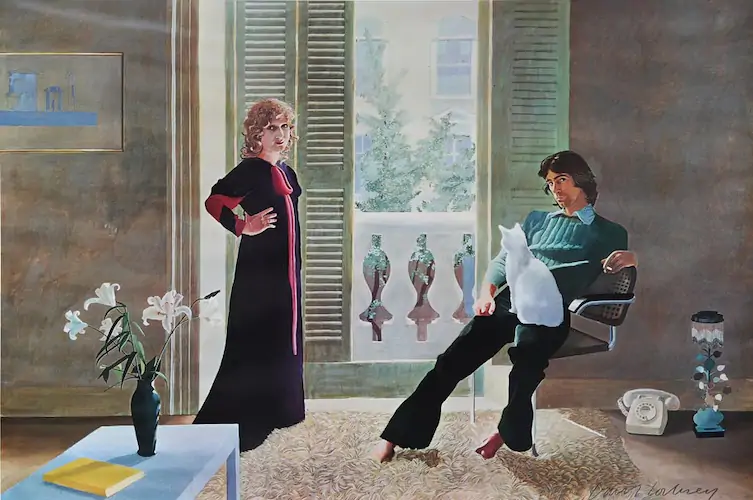
Mr and Mrs Clark and Percy, 1970–1971
- Nan Goldin: An American photographer whose work often focuses on LGBTQ+ communities and issues related to sexuality and intimacy. Her candid and intimate photographs challenge traditional notions of gender and sexuality. Examples of her works include “The Ballad of Sexual Dependency” and “Nan and Brian in Bed.”

Nan and Brian in Bed, 1983
Art as a Tool for Challenging Societal Norms and Perceptions:
Art has the power to challenge and reshape societal norms and perceptions about identity. Through their creative expression, artists can question existing notions of identity. Push boundaries, and create new narratives that challenge the status quo.
For instance, the Guerrilla Girls, an anonymous group of feminist artists, have used art as a form of activism to challenge gender and racial discrimination in the art world. Through their provocative posters, billboards, and performances. They have raised awareness about the underrepresentation of women and artists of color in the art world and called for systemic change. Their bold and unapologetic artworks challenge the traditional art canon. Disrupt the dominant narratives about identity, and advocate for inclusivity and diversity in the arts.
Art can also serve as a tool for fostering empathy, understanding, and dialogue about different identities. Artworks that depict diverse identities and experiences can create a space for meaningful conversations, promote empathy. And encourage viewers to reflect on their own biases and perspectives.
Artists like Kehinde Wiley, a contemporary African American artist, have used their art to challenge conventional representations of Black identity in art history. Wiley’s large-scale paintings often depict Black individuals in heroic poses, referencing the historical tradition of European portraiture. By placing Black individuals in these traditionally prestigious roles. Wiley challenges the limited and stereotypical representations of Black people in art and questions the prevailing notions of power, beauty, and identity.
Conclusion:
Art and identity are deeply intertwined, and artists have used art as a means to explore, express, and challenge their personal and social identities. Through various art forms, artists have addressed issues related to race, ethnicity, sexuality, religion, gender, and other aspects of identity, reshaping societal norms and perceptions. Art has the power to foster empathy, understanding, and dialogue. About different identities, and it continues to be a powerful tool for advocating for inclusivity, diversity, and social change in the arts and beyond.
In conclusion, the intersection of art and identity is a complex and multifaceted topic. That offers rich opportunities for exploration and discussion. Artists have used their creative expression to reflect their unique identities, share their perspectives, and challenge societal norms. As art continues to evolve, it will undoubtedly continue to serve as a powerful medium for artists to express their identities, reshape perceptions, and promote inclusivity and diversity in the arts and society at large.
